The Forbidden City today is called the Imperial Palace with an area of 720,000 m2, including more than 90 large and small courtyards and more than 8,700 rooms, and was once the residence of 24 emperors of the Ming and Qing dynasties. Thai Hoa, Trung Hoa and Bao Hoa are the three great halls located in the front and middle of the Imperial Palace.
The three buildings cover an area of 150,000 square meters, and there are no trees planted around them. According to historians, the trees were removed to ensure the safety of the emperor after an assassination attempt on the Qing emperor.

The Hall of Supreme Harmony in the Forbidden City. (Photo: Palace Museum)
In the 18th year of Jiaqing (1813), a branch of the White Lotus sect led by Li Qing rose up in rebellion in Henan , Shandong and other places. On September 15, 1813, Li Qing led more than 200 people disguised as merchants to infiltrate Beijing to seek to kill the Jiaqing emperor.
With the help of some eunuchs, the group of assassins split into two groups, entering through the West Flower and East Flower gates, but only 50 people entered the West Flower gate. Being attacked by surprise, the palace guards did not have time to react and fled to the Long Tong gate. The rebels approached the Can Thanh palace, where King Gia Khanh lived.
The imperial guards closed the Long Tong gate to defend, preventing the rebels from entering. Discovering the tall trees outside the palace walls, the assassins climbed the trees and climbed over the wall to find the king. Emperor Jiaqing was escaping the heat in Beijing at the time and escaped unharmed.
Mien Ninh, the second son of Gia Khanh, later the Dao Quang emperor, heard the news and immediately brought pistols and led troops to rescue the king. More than 1,000 soldiers with guns surrounded and killed dozens of rebel members, including leader Ly Thanh.
Returning to Beijing, Jiaqing ordered an investigation into the assassination and ordered all trees around the three main halls of the Forbidden City to be cut down. From then on, no more trees were replanted in this area to avoid being exploited by assassins.

Map of the Forbidden City. (Photo: Palace Museum)
In addition, trees are no longer planted here to prevent fires, because the buildings in the Forbidden City are all built of wood and are very susceptible to fire.
The Yanxi Palace, one of the imperial palace's back courtyards, was once burned down by fire. Another reason for the lack of greenery in these three main halls is feng shui, especially the five elements.
The Forbidden City is considered to belong to the Metal element in the Five Elements, while trees belong to the Wood element, which are incompatible with each other, so they are not allowed to grow here.
Dan Tung (Source: Xuexili)
Useful
Emotion
Creative
Unique
Wrath
Source


![[Photo] Anh Hoang - Dinh Duc successfully defended the men's doubles championship of the National Table Tennis Championship of Nhan Dan Newspaper](https://vphoto.vietnam.vn/thumb/1200x675/vietnam/resource/IMAGE/2025/5/23/d6ab3bcac02c49928b38c729d795cac6)



![[Photo] Top players gather at the 2025 Nhan Dan Newspaper National Table Tennis Championship](https://vphoto.vietnam.vn/thumb/1200x675/vietnam/resource/IMAGE/2025/5/23/9ad5f6f4faf146b08335e5c446edb107)










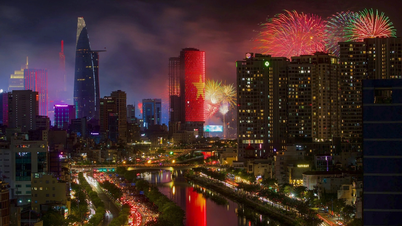





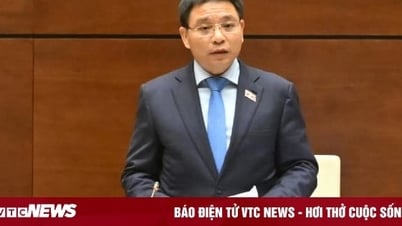
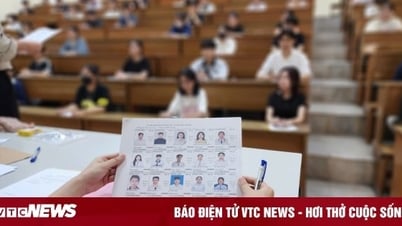

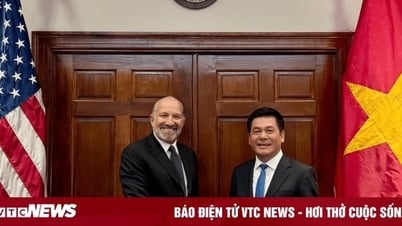













































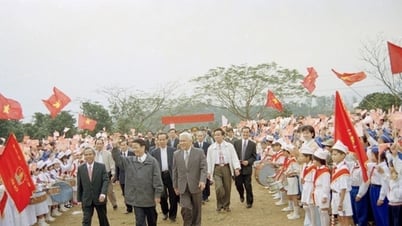



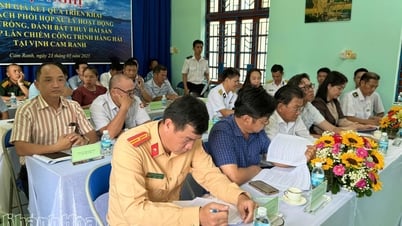


















Comment (0)